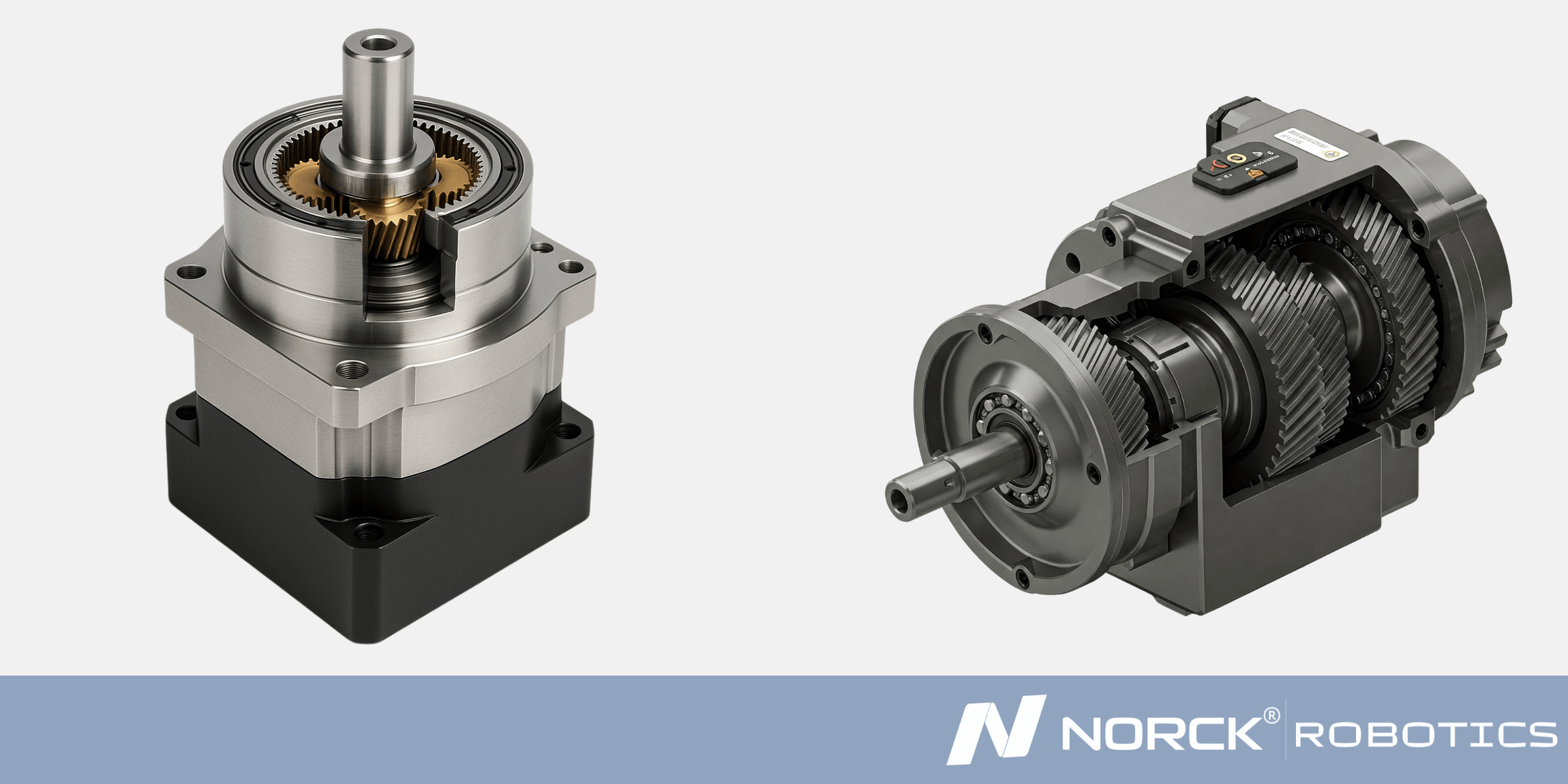

Precision gearboxes are one of the main components of robotic joints and reduce motor speed while increasing motor torque, allowing for smooth, controlled movement. Precision gearboxes are critical to high-performance robotics because of the stability they provide and the positional accuracy making them an indispensable method of creating movement. In precision robotics, low or zero-backlash is extremely important for eliminating slack in the mechanical system that may cause unwanted movement or impact reproducibility and repeatability.
Types of precision gearboxes include:
Harmonic drives are a favorite gear design in applications such as: robotic arms or manipulator arms where a high degree of positional accuracy and smooth motion is required in a small package size.
Ready to automate your future? Get a quote from Norck Robotics now!
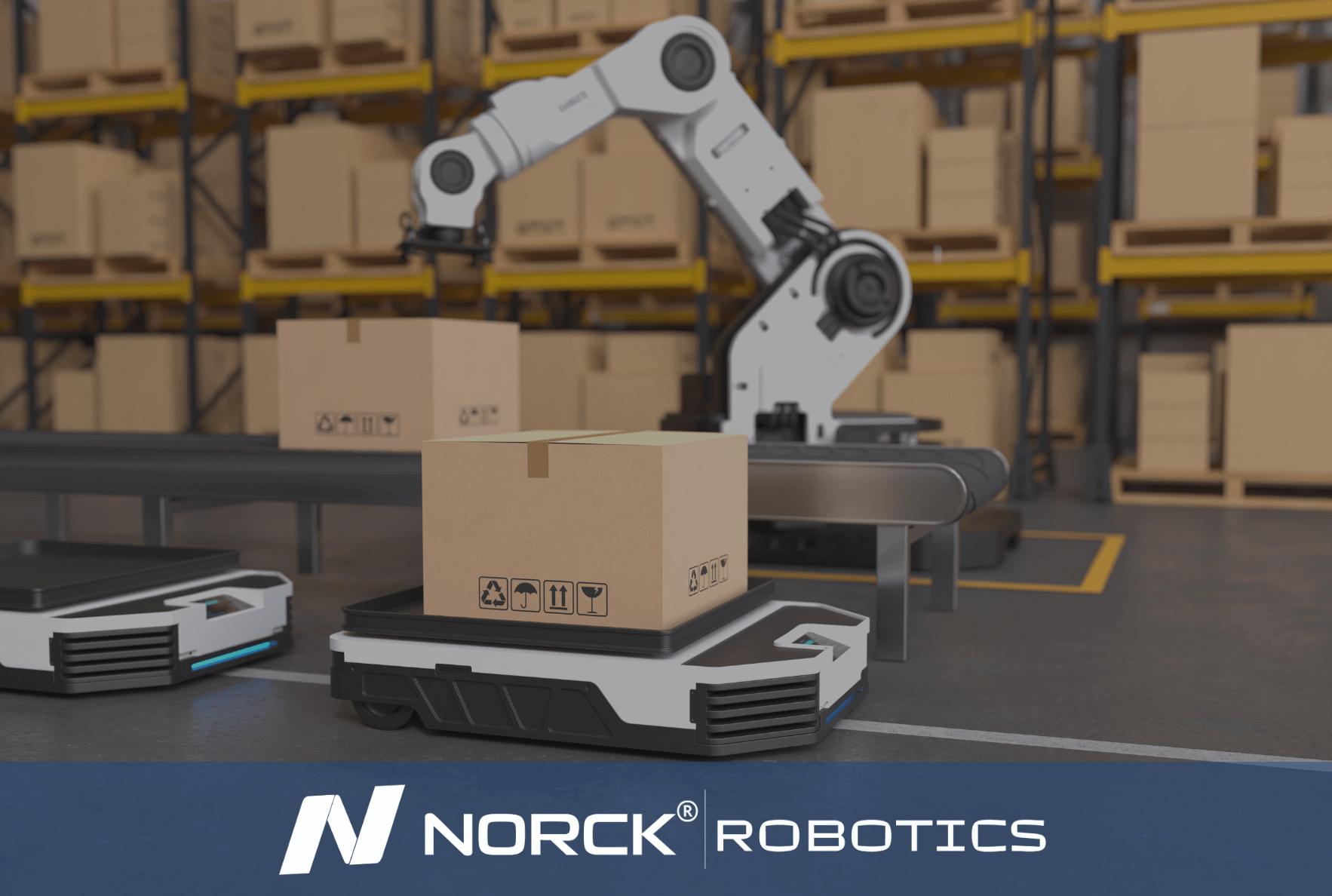
Norck Robotics specializes in providing unique robotic automation and engineering solutions designed to meet the specific operational needs of each client. Our expertise covers a wide range of industries and applications.
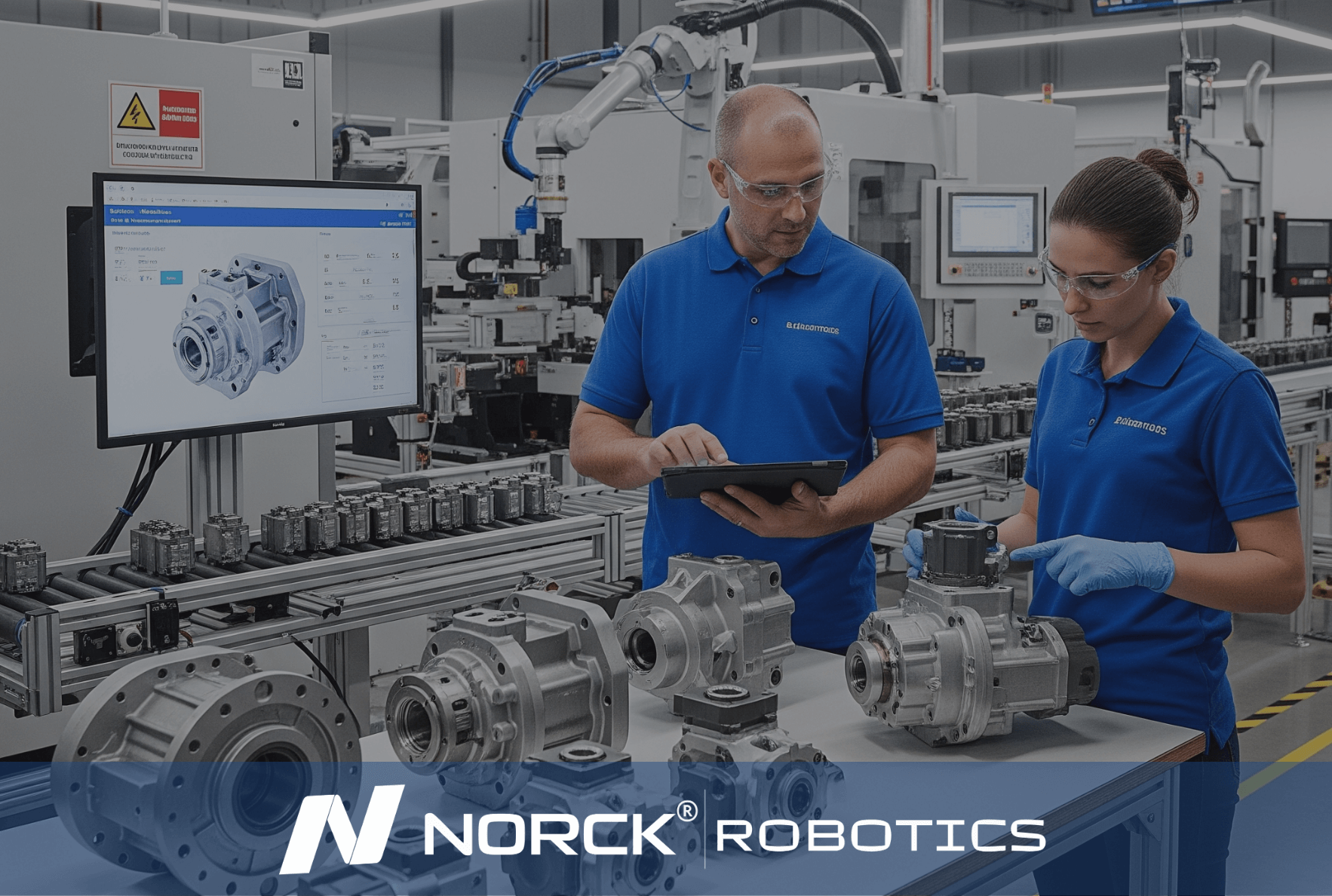
Norck Robotics delivers turnkey robotic automation and engineering solutions tailored to your specific needs across various industries.

Whether you need a single robotic cell prototype or full-scale factory automation, Norck Robotics engineers are ready to collaborate with you to bring your concept to life.

Norck Robotics engineers analyze your existing processes to provide feedback that enhances efficiency, cost-effectiveness, and productivity for robotic integration.
In a robotic joint, a precision reduction gearbox serves the purpose of reducing the motor's speed while increasing the output torque, which allows for precise and controlled movement of the robot’s joints. A precision reduction gearbox is a critical component of advanced automation and robotic systems.
The major advantages and functions of a precision gearbox in robotics:
A robotic gearbox delivers a torque increase at the robot's joint. This allows a robotic joint to move heavy loads or resistive force with higher precision and control.
A robotic speed reducer allows for high speed motor rotation to be slowed down to produce controlled motion. This level of control is needed for the pick-and-place movement or for welding modes of functions or surgical robotics.
using advanced compact reduction gearboxes, such as cycloidal reducers, or harmonic gear systems, can produce high torque in a small package, making them ideal solutions for robotic systems with limited space or weight burdens.
A robotic joint mechanism supports the delivery of repeatability of position for the system that contributes to improved operational accuracy and increased longevity of the robotic or surgical system.
High performance designs such as harmonic drive gearboxes, or strain wave gearboxes, have eliminated mechanical play (backlash) of joints. This is foundational to precision gearboxes as mechanical backlash was problematic to originally designed servo motors in industrial robots and CNC machines, and robotic arm systems.

In addition to its own expert engineering team, Norck Robotics provides access to a network of hundreds of top-tier system integrators, robot manufacturers, and component suppliers across the United States, Germany, and Europe.

Working with Norck Robotics reduces dependency on manual labor, increases production consistency, and secures your operations against unforeseen disruptions, quality issues, and fluctuations. This enhances your company's supply chain resilience.
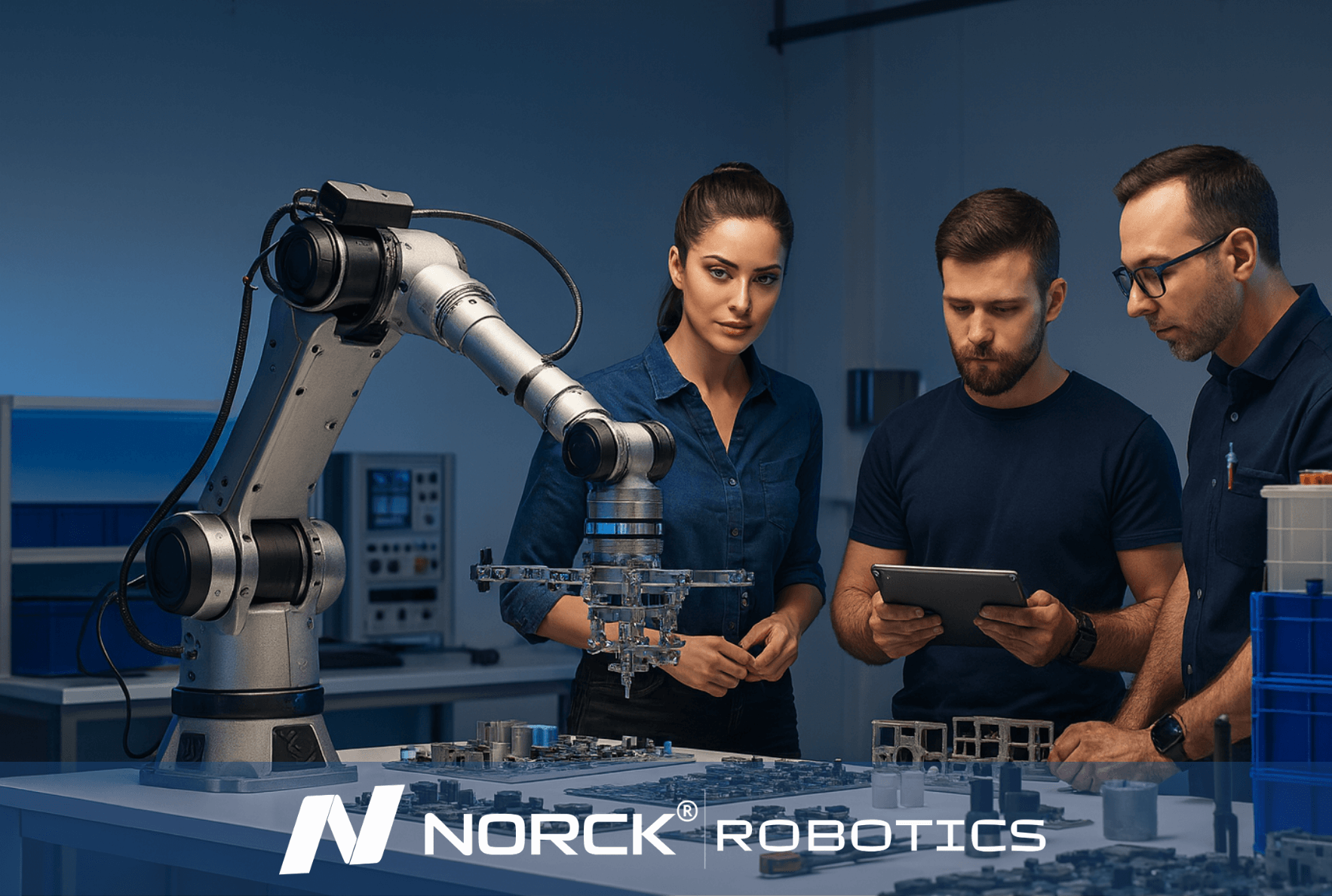
Norck Robotics advances digital automation by developing custom-designed robot grippers, advanced vision systems, and innovative simulation software. With an AI-driven, data-centric approach, it enables smarter system design, optimal performance, and predictive maintenance solutions.
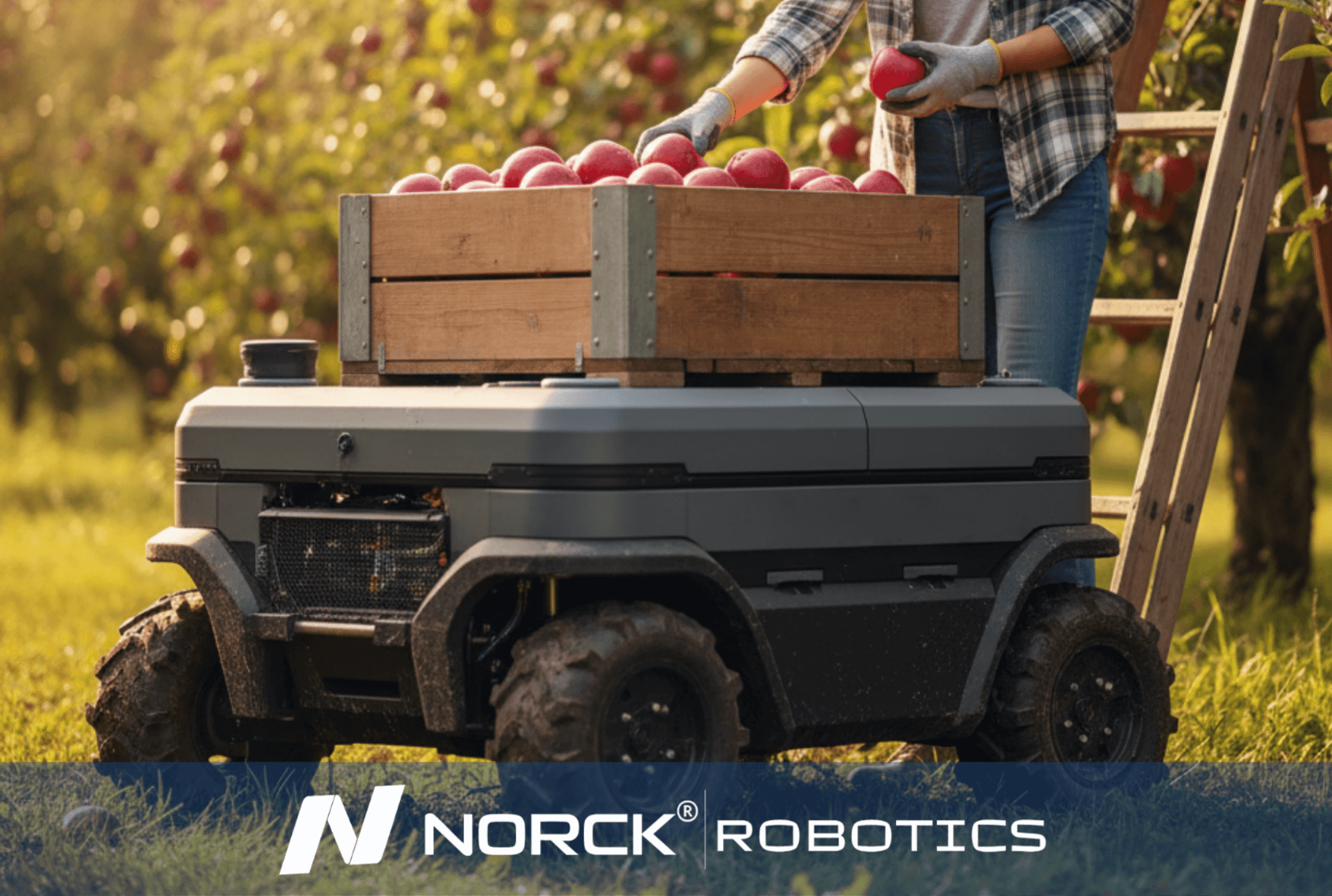
Norck Robotics encourages its partners to be carbon-neutral by reducing energy consumption and material waste through the efficiency of robotic automation, and prioritizes environmentally conscious suppliers.
Every kind of precision gearbox reducer (planetary, harmonic (strain wave), and cycloidal) has its own pros and cons and design differences. This article will help you understand how each gearbox reducer compares in robotics and automation: